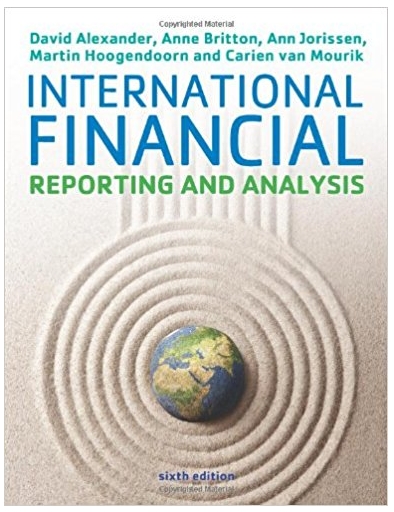Answered step by step
Verified Expert Solution
Question
1 Approved Answer
Required information [The following information applies to the questions displayed below.] Ricky's Piano Rebuilding Company has been operating for one year. On January 1,

Required information [The following information applies to the questions displayed below.] Ricky's Piano Rebuilding Company has been operating for one year. On January 1, at the start of its second year, its income statement accounts had zero balances and its balance sheet account balances were as follows: Cash Accounts Receivable Supplies Equipment Land Buildings $ 6,000 25,000 Accounts Payable Deferred Revenue (deposits) 1,200 8,000 Notes Payable (long-term) Common Stock 6,000 22,000 Retained Earnings $ 8,000 3,200 40,000 8,000 9,000 Following are the January transactions: a. Received a $500 deposit from a customer who wanted her piano rebuilt in February. b. Rented a part of the building to a bicycle repair shop; $300 rent received for January. c. Delivered five rebuilt pianos to customers who paid $14,500 in cash. d. Delivered two rebuilt pianos to customers for $7,000 charged on account. e. Received $6,000 from customers as payment on their accounts. f. Received an electric and gas utility bill for $350 for January services to be paid in February. g. Ordered $800 in supplies. h. Paid $1,700 on account in January. i. Paid $10,000 in wages to employees in January for work done this month. j. Received and paid cash for the supplies in (g). 3. Post the journal entries to the T-accounts. Show the beginning and unadjusted ending balances in the T-accounts. Cash Account Receivable Debit Credit Debit Credit Beginning Balance (a) Beginning Balance Ending Balance Ending Balance Supplies Equipment Debit Credit Debit Credit Beginning Balance Beginning Balance Ending Balance Ending Balance Land Building Debit Credit Debit Credit Beginning Balance Beginning Balance Ending Balance Ending Balance 0 Accounts Payable Deferred Revenue Debit Credit Debit Credit Beginning Balance Beginning Balance Ending Balance Beginning Balance Ending Balance Ending Balance Notes Payable Common Stock Debit Credit Debit Credit Beginning Balance Ending Balance 0 Retained Earnings Service Revenue Debit Credit Debit Credit Beginning Balance Beginning Balance Ending Balance Ending Balance Rent Revenue Salaries and Wages Expense Debit Credit Debit Credit Beginning Balance Beginning Balance Ending Balance Utilites Expense Debit Credit Beginning Balance Ending Balance Ending Balance
Step by Step Solution
There are 3 Steps involved in it
Step: 1

Get Instant Access to Expert-Tailored Solutions
See step-by-step solutions with expert insights and AI powered tools for academic success
Step: 2

Step: 3

Ace Your Homework with AI
Get the answers you need in no time with our AI-driven, step-by-step assistance
Get Started


